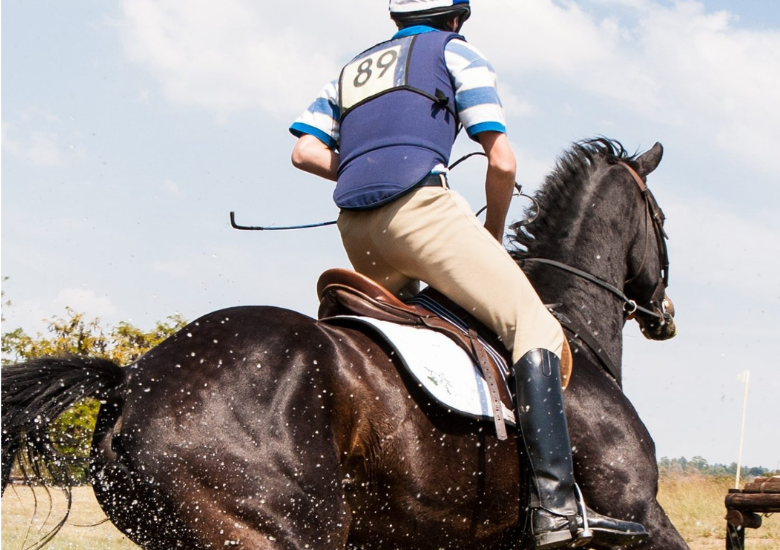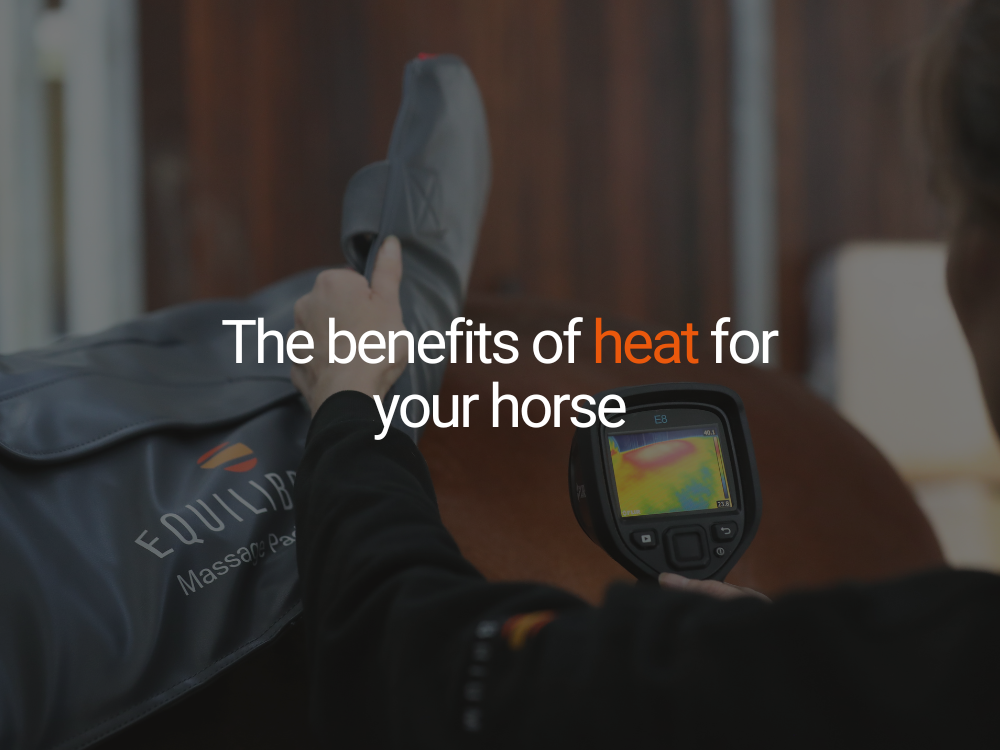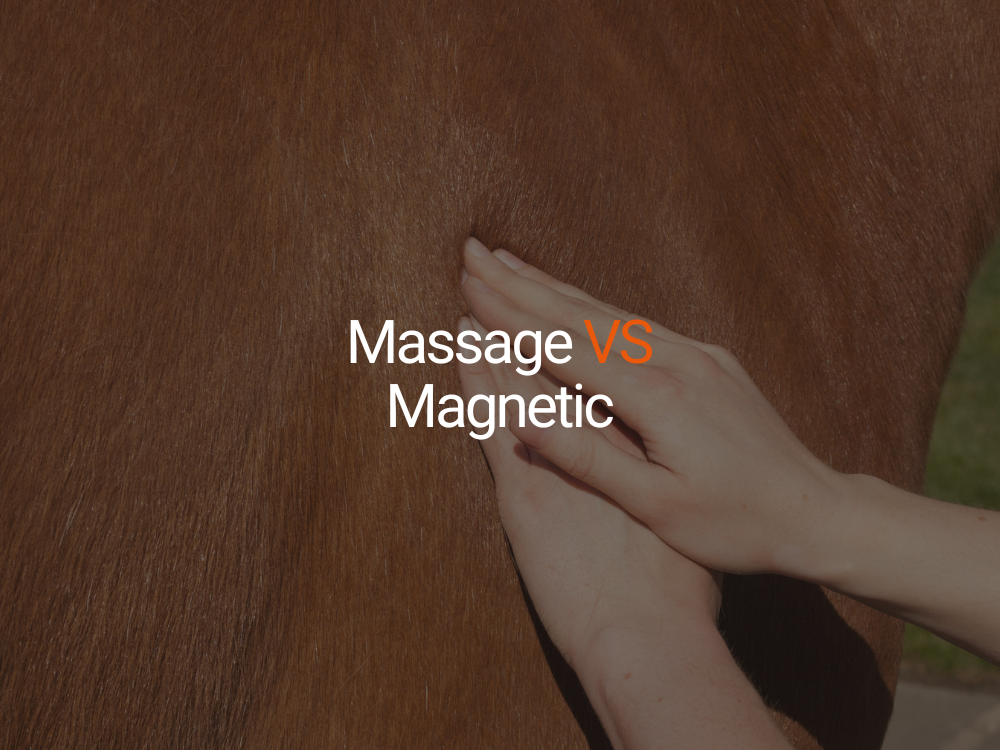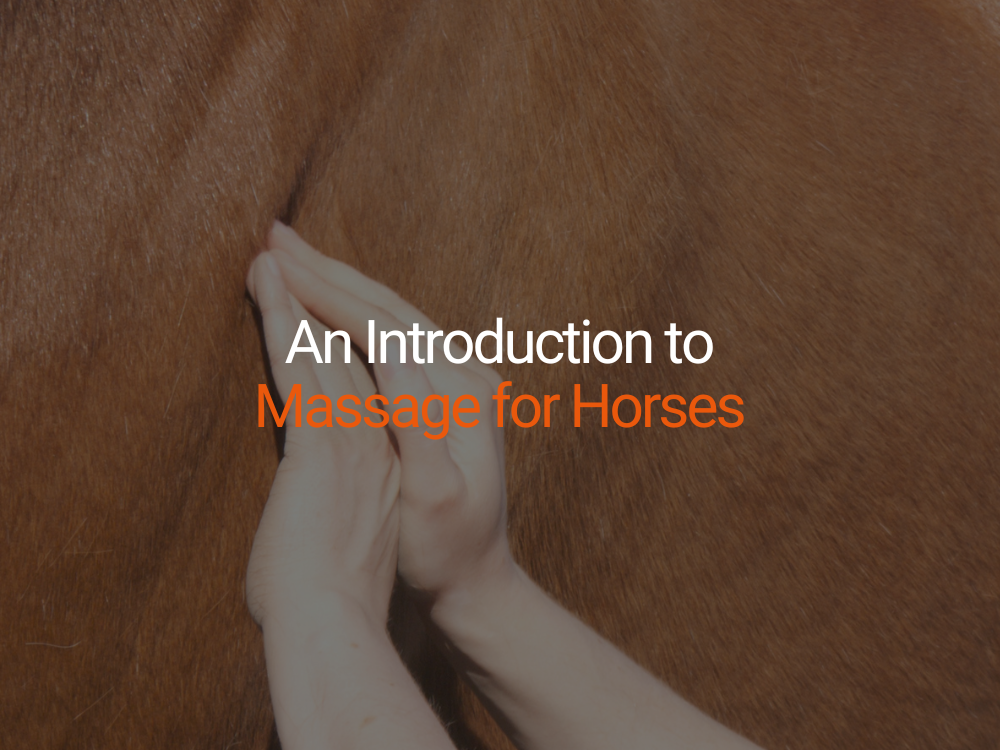
What to look out for

Order special instructions
Horse Wear
Horse Wear
Therapy
Horse Boots
Sun & Fly
Headcollars & Leadropes
Rugs
Riding Accessories
Nutrition
Nutrition
Feed & Hay blocks
Treats
Haynets
Bucket Covers
Shop by Pet
Shop by Range
Additional B2B Information
Additional B2B Information
Shop by Discipline
Shop by Discipline
Education Zone
We’re still dispatching orders between Christmas and New Year, but courier delays may mean your delivery takes a little longer.
See our Delivery Information page for details.Christine East, a McTimoney Animal Practitioner, shares her expertise on how to care for your cold-backed horse. An increasing number of horses are being diagnosed as ‘cold-backed’, and the problem is much more common than many horse owners think. So what does it actually mean, and how can it be treated?
The term ‘cold-backed’ is used to describe a horse displaying symptoms of a sensitive or painful back. These symptoms can range from very mild, such as discomfort when the girth is tightened, to more serious, lasting until the horse has warmed up and the muscles are relaxed. McTimoney Animal Practitioner, Christine East has treated many cold-backed horses. “There are lots of different interpretations of the term ‘cold-backed’, and it can be used to cover a range of different symptoms,” she says. “However, it is important to remember that every horse is an individual, so they may display different signs to other horses with the same problem.”

Christine stresses that it is common for horse owners to worry about confusing a cold back with their horse’s behaviour towards activities, such as tacking up and grooming. However, there are definite signs to look out for, which include:

Christine suggests that one of the underlying problems is evolutionary. “Horses didn’t evolve to carry people on their backs and compensate for the extra weight. This means they can develop sensitive nerve endings or a misalignment in the spine as a result. Some of the most common causes of a cold back include: pressure from a poorly fitting saddle; aggravation of previous injuries to back muscle; or problems with your horse’s teeth or feet, which cause them to readjust their posture. Another cause, which I think is often overlooked, is the posture and position of the rider,” says Christine. “I often have calls from owners whose horses all seem to have developed the same back problem and it is caused by the horse having to compensate for the rider’s bad posture. When having your horse treated, it is sometimes worth seeing a back specialist yourself!"
As there are such a range of symptoms for a cold back, it is important to consult your vet as a first port of call, who can rule out any injury or more serious problems. They can then refer your horse to a physiotherapist, chiropractor, or McTimoney practitioner, as necessary. “Symptoms associated with a cold back are not usually too difficult to treat,” says Christine. “Most treatments work to relieve spasms or misalignments in the spine, which cause a pull in the surrounding muscle tissue and result in soreness.” When treating a cold back, it is also advisable to have your horse’s feet and teeth checked, to ensure that there aren’t any problems here that are causing knock-on effects.
There are certain preventative measures that can be taken to help stop your horse developing back problems in the future. Have your saddle checked annually, because a horse’s shape can change throughout the year and may not be the same as when the saddle was fitted. Always warm up properly before exercise and remember to cool down when you have finished – this allows your horse’s muscles to adjust to your weight and avoid any damage. If your horse is particularly sensitive, tack up and walk him around for five minutes before mounting – this will give the muscles a head start and ensure he is comfortable when you are mounting. In addition, always use a mounting block rather than mounting from the ground, as this can place extra stress on the back. Often, when a horse won’t stand still for mounting, it is an indication that he finds it uncomfortable, so take care as you get on. When schooling, ensure you do sufficient work on both reins – this will benefit the whole body, not just the back, and will help your horse to remain flexible through both sides of his body.
“The good thing to remember is that the problems associated with a cold back are almost always treatable,” says Christine. As with everything though, prevention is better than cure, so taking good care of your horse’s back is important, and will help him stay fit and healthy and able to perform at his best.

The Benefits of Heat for Your Horse
Some horses, if in discomfort or particularly sensitive, may find massage over stimulating. Using heat on its own is a great tool in these conditions as it is very non invasive, and is usually accepted well by even the most sensitive of souls. Heat should be concentrated on a small area for best effect. For other horses, its a great tool either on its own or combined with massage that reaps several benefits.

Equilibrium Magnetic vs. Massage or both?
Would you know when to use Massage or Magnetic on your horse or both?
Animal physiotherapy including Massage and Magnetic use, has become increasingly popular for the maintenance of horses in recent years, but do we really know which product is best suited to use on our horses and when?

Introduction to Massage for Your Horse
Massage, essentially the manipulation of soft tissues, has been noted to aid the prevention of injury, recovery from fatigue, relaxation and increasing mobility. (Hemmings, 2001)
Sign up for our mailing list for updates on our products, sales and exclusive rewards
Connect With Us
© 2025,
Equilibrium.Copyright © 2024 Equilibrium Products Limited. Registered in England and Wales No. 03762996.
We use cookies and similar technologies to provide the best experience on our website.
